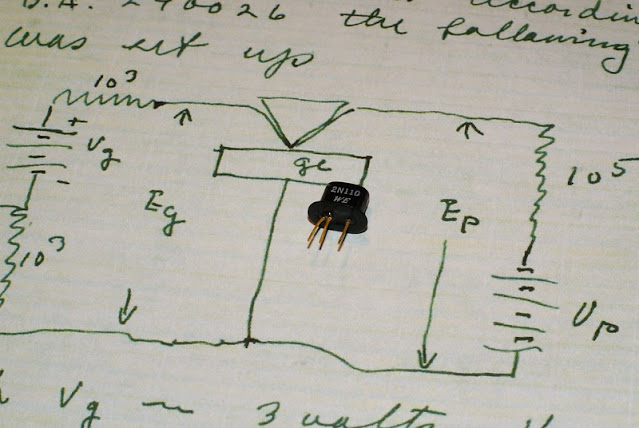SACD Passed me by, Until Now (Updated)

Back in the day I knew about DSD (Direct Stream Digital) and SACD (Super Audio CD) but it passed me by. I was still in Burr-Brown when DSD data converter ICs were first being developed by the design team in Japan, and I'm sure I was present when they were being presented at seminars to customers, but at the time I had little or no interest in diving in personally. Burr-Brown invested heavily in designing ICs for the upcoming market demand, but as history tells us, it didn't become mainstream. Certainly not in the US, less so in Europe, but in Japan there was always demand. Philips and Sony originally developed SACD as the high end next generation of CD, and certainly the format was capable of encoding a significantly higher level of audio information on the platform. DSD was a delta-sigma bitstream format that sampled 1-bit at 2.8MHz. Philips Semiconductors (amongst others) developed an SACD processor and Burr-Brown (amongst others) developed DSD Digital to Analog converters. L





